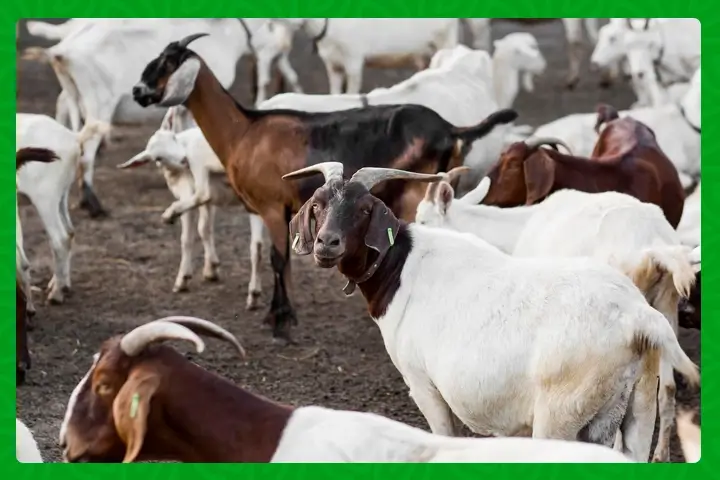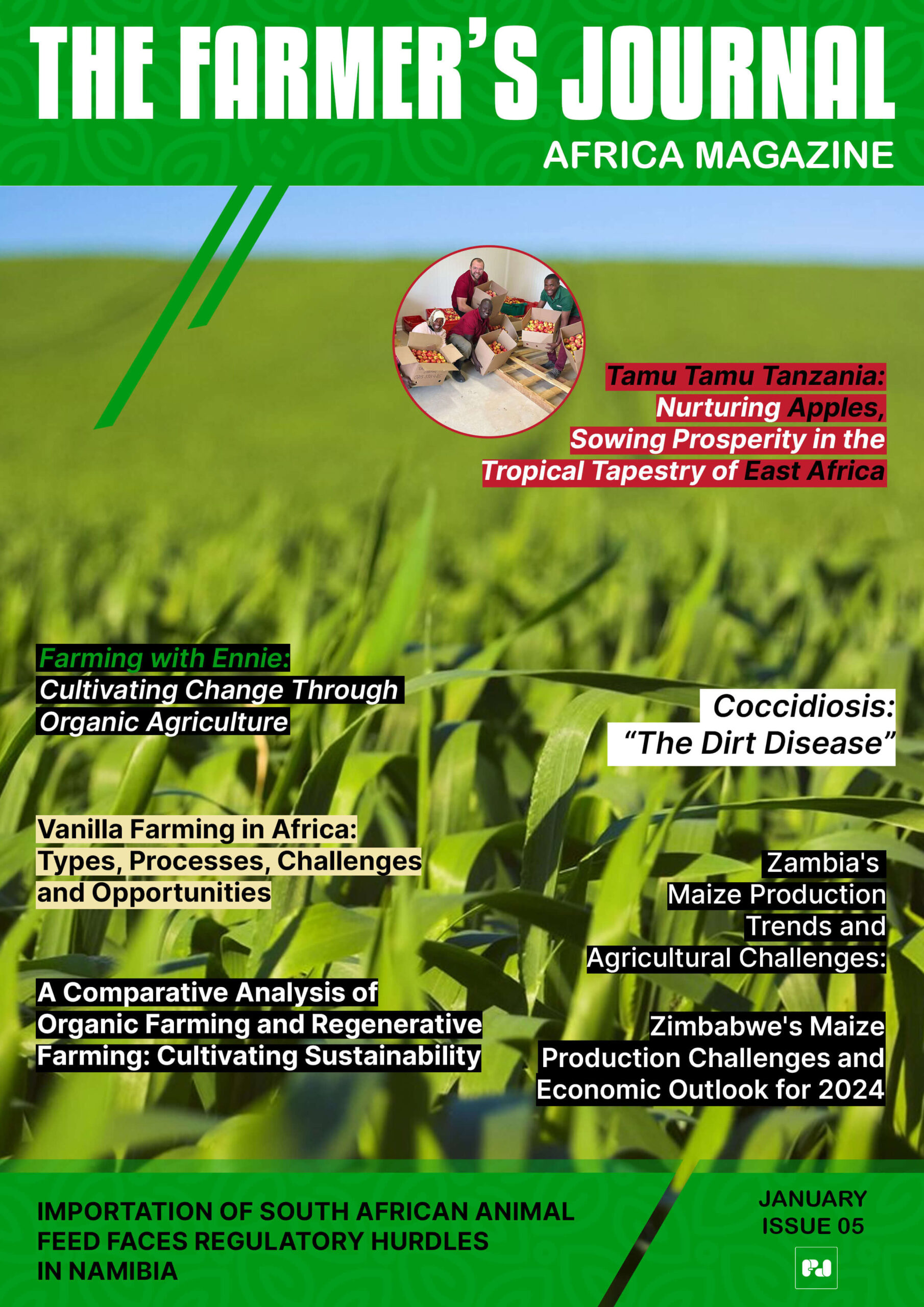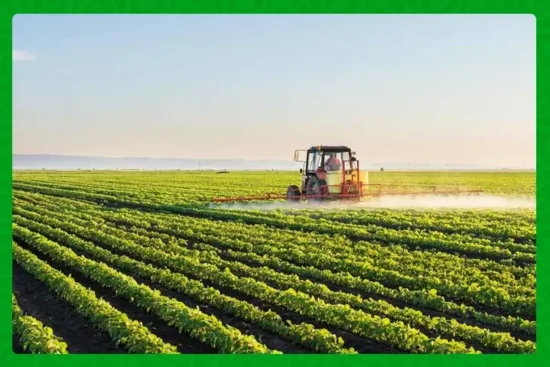
Ethiopia’s livestock sector is making headlines, and for good reason. In the recently concluded fiscal year, the nation generated an impressive US$120 million in revenues from the export of meat and slaughter by-products. This remarkable achievement, reported by the Livestock Development Institute (LDI), underscores years of targeted reforms and investments designed to unlock the country’s vast agricultural potential.
From Pasture to Plate: The Numbers Behind the Growth
Last year, Ethiopia shipped more than 22,620 tonnes of animal products abroad, representing a 53 per cent increase over the previous year. Cuts of meat and 21 categories of offal including tongue, liver, heart, and kidneys,, found their way into international markets. Leading the charge were Saudi Arabia and the United Arab Emirates, whose growing appetites for high-quality meat made them Ethiopia’s top buyers.
Beyond meat, Ethiopia’s honey and beeswax exports gained traction in key economies such as Japan, Germany, and the United States. This diversification demonstrates how the country is leveraging its natural resources to broaden its export base and reduce dependency on a single product line.
Strategic Investments Drive Sector Transformation
LDI Director General Asrat Tera attributes this rapid growth to concerted efforts by the government and relevant institutions. Key initiatives include:
- Improved Livestock Breeds: Through genetic enhancement programs, farmers now rear healthier, faster-growing animals that fetch premium prices on the global market.
- Industry Training: Veterinarians, herders, and slaughterhouse workers receive hands-on education to elevate animal welfare standards and processing techniques.
- Enhanced Product Standards: Rigorous quality control measures ensure compliance with international safety and hygiene protocols, lifting Ethiopia’s reputation as a reliable supplier.
By aligning policy, training, and infrastructure, the government has created an environment where producers can thrive, buyers can trust product integrity, and Ethiopia can stake its claim as an exporter of choice.
Innovation on the Rails: A Game-Changer for Transport
Long transport hours and rough road conditions have traditionally stressed livestock destined for export—impacting both animal welfare and meat quality. To address this challenge, Ethiopia repurposed the Ethio-Djibouti Railway. Once focused primarily on importing goods, the railway now transports live animals from Ethiopia to Djibouti.
According to the railway’s CEO, this shift could reshape the export infrastructure. Animals experience a gentler journey by train, arriving at processing facilities in better condition. The result is higher-quality meat that meets discerning international standards, reinforcing Ethiopia’s competitive edge.
Artificial Insemination: Building a Stronger Herd
Another cornerstone of Ethiopia’s livestock strategy is genetic improvement. Last year alone, approximately 1.97 million calves were produced through artificial insemination programs. This approach accelerates the spread of desirable traits such as disease resistance and rapid growth, throughout the national herd. Over time, these efforts are expected to increase productivity, reduce losses, and generate even greater export revenues.
Expanding Market Access: Collection Centres in Rural Heartlands
Recognizing that rural herders often face hurdles in reaching buyers, the Ministry of Agriculture plans to establish 18 livestock collection centres across nine key regions—including Oromia, Somali, Afar, Southern and South West. These centres will:
- Bridge the Distance: Located strategically, they will reduce travel time and costs for pastoralists.
- Streamline the Supply Chain: By concentrating trading activities, they will cut out middlemen and improve profit margins for small-scale producers.
- Ensure Quality Control: Centralized grading and inspection facilities will maintain consistent standards before animals head to export markets.
For many rural communities, these centres represent a lifeline a way to tap directly into international trade and secure more stable incomes.
Looking Ahead: Building Sustainable Growth
Ethiopia’s livestock export triumph is more than a one-time success story. It is the outcome of thoughtful policy, scientific innovation, and a commitment to empowering farmers. By continuing to refine breeding programs, expand transport infrastructure, and deepen market access, the country is poised to push meat export revenues even higher in the coming years.
For global buyers seeking reliable, high-quality meat products, Ethiopia is emerging as a partner of choice. And for the millions of Ethiopians whose livelihoods depend on livestock, the US$120 million milestone is proof that strategic investments can transform local economies and change lives.
Stay updated with the latest farming tips and agriculture industry news from Africa by subscribing to our newsletter. Don’t miss out on valuable insights and updates. Follow us on Twitter, LinkedIn, and Facebook to join our farming community and stay connected with us.


















